Things are slowly starting to turn green here in Minnesota, and if you’re lucky, you may have even seen a few bright crocuses welcoming the warmer weather. Those first flowers of spring get many of us craving more color and dreaming about flower gardens bursting with a rainbow of blossoms.
Adding colorful flowers and plants is a great way to bring interest and personality to a yard or garden. With an almost limitless number of flowers to choose from, it is easy to get overwhelmed while flipping through a seed catalog or wandering in a nursery. Fortunately, the team at Great Goats Landscaping has years of experience designing and planting flower beds that are eye-catching and appealing. They can help you decide what sort of garden bed would work best with your taste and the conditions around your home.
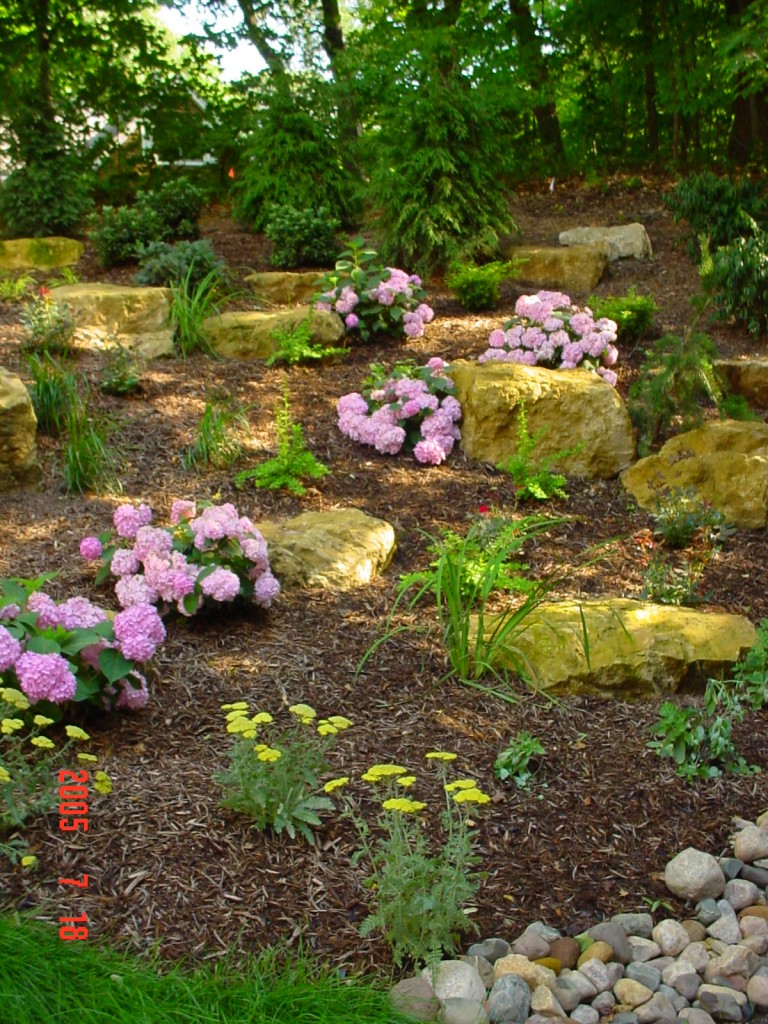
Perennial flowers
Perennial plants are those that come back year after year. Native flowers, like coneflower, butterfly weed, or black-eyed susans, are often a good choice for difficult areas. Many non-native flowers will flourish in Minnesota too.
Perennial plants are often seen as lower maintenance. They still require some care and attention, but they don’t need to be replanted annually.
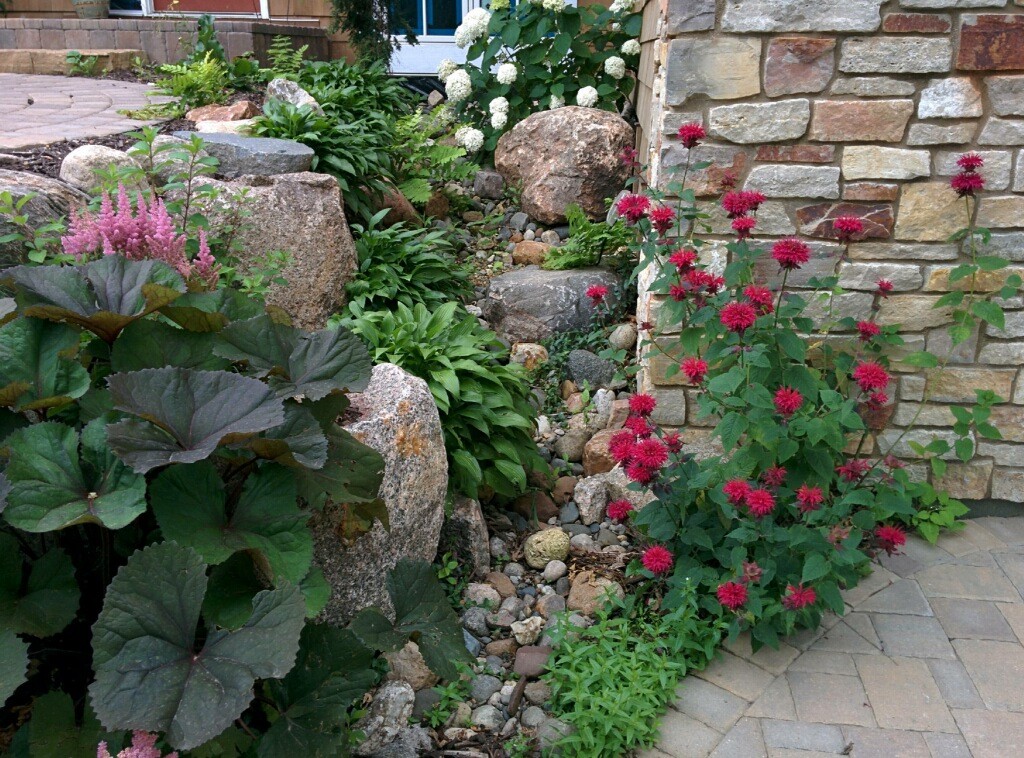
Annual flowers
Annual plants are those that need to be replanted every year. Annuals that are quick and easy to grow are popular choices and can be used to fill in a garden bed while perennials are getting established. They are also often less expensive than perennials and allow you to plant a new combination of plants every year.
Your flower garden design
Of course, Mike and his crew at Great Goats Landscaping will be more than happy to help you design your flower, but it can be helpful to know a few basic garden design principles to get you started.
Mix colors and shapes in your garden to keep thing interesting. Complementary colors, those from opposite ends of the color wheel, will pop when planted next to one another. Grouping similar plants will help give your garden structure and keep it from looking too haphazard.
Just like in a photo, tall should go in back and shorter plants in the front. There’s nothing worse than having a beautiful plant blocked by a taller plant placed in front of it.
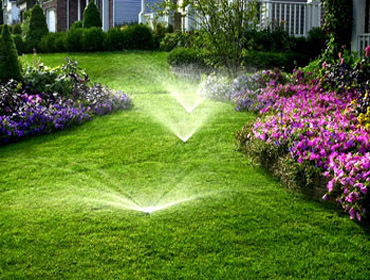
Planning your flower garden
May is the time to design and plant a beautiful flower garden to add color and interest to your yard. Contact Mike at Great Goats Landscaping today to get started.
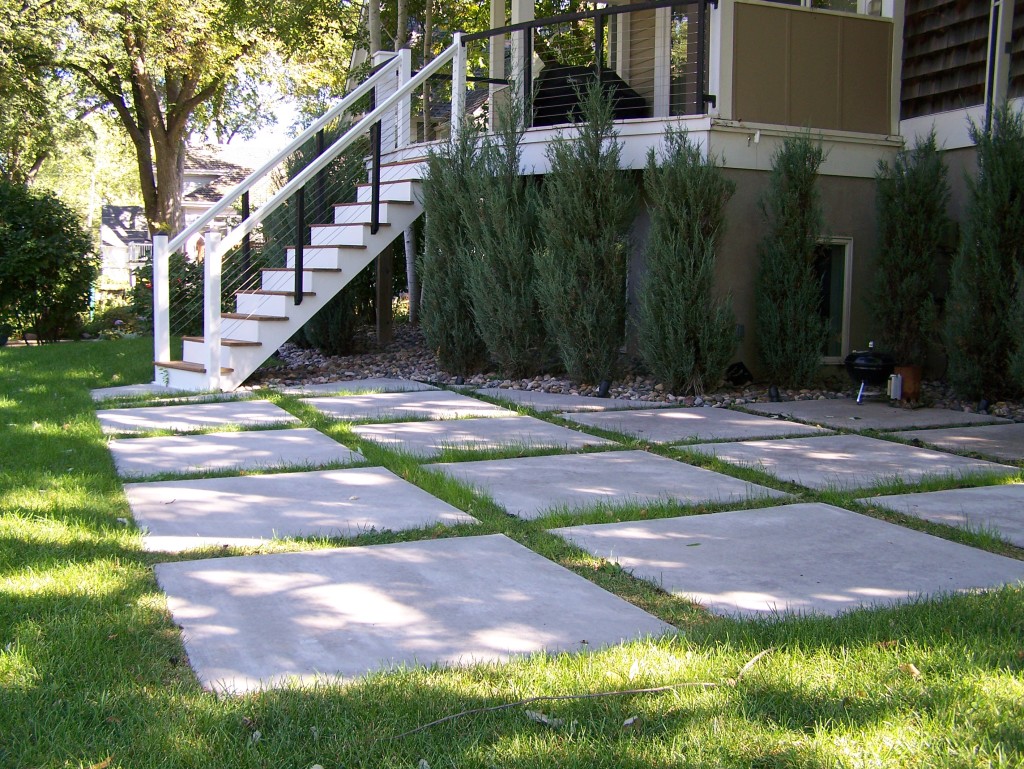
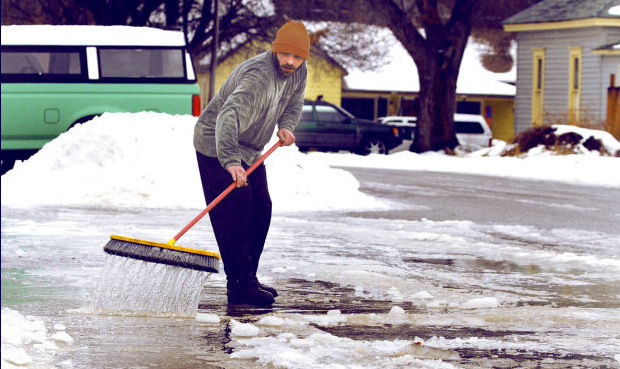
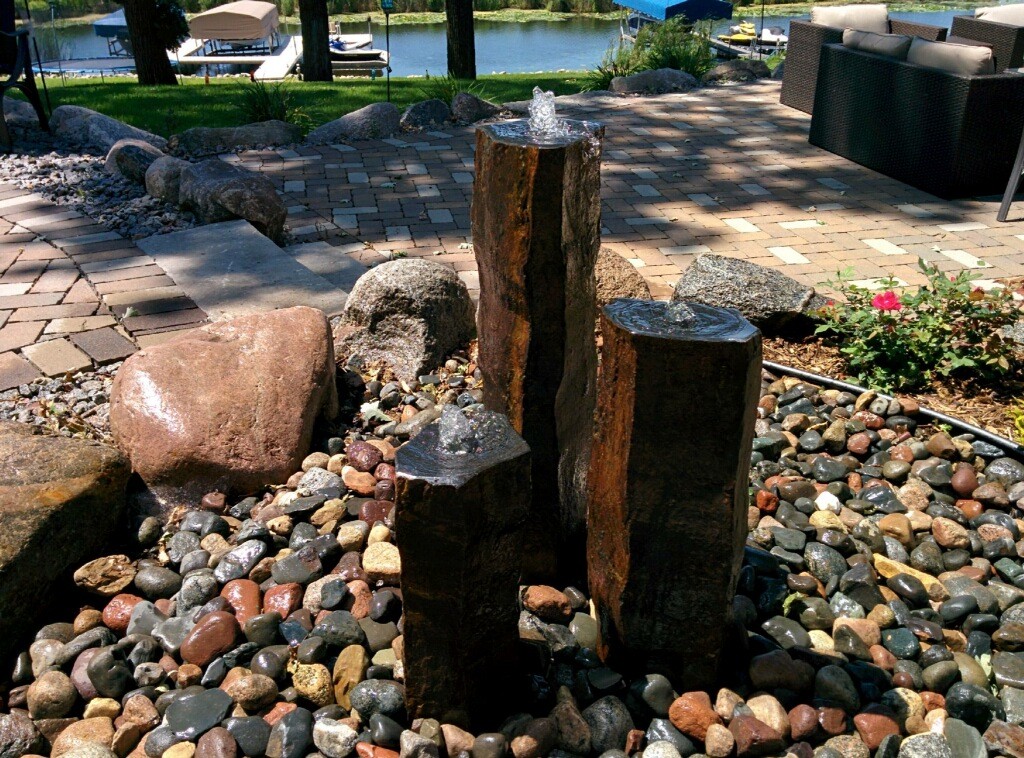
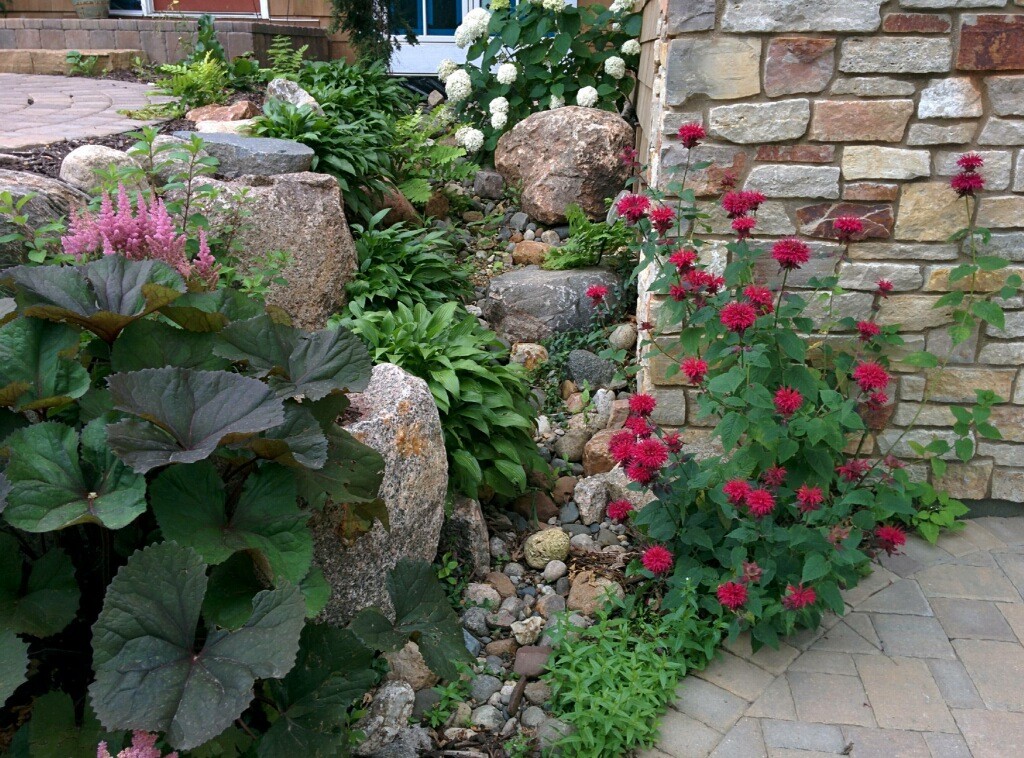

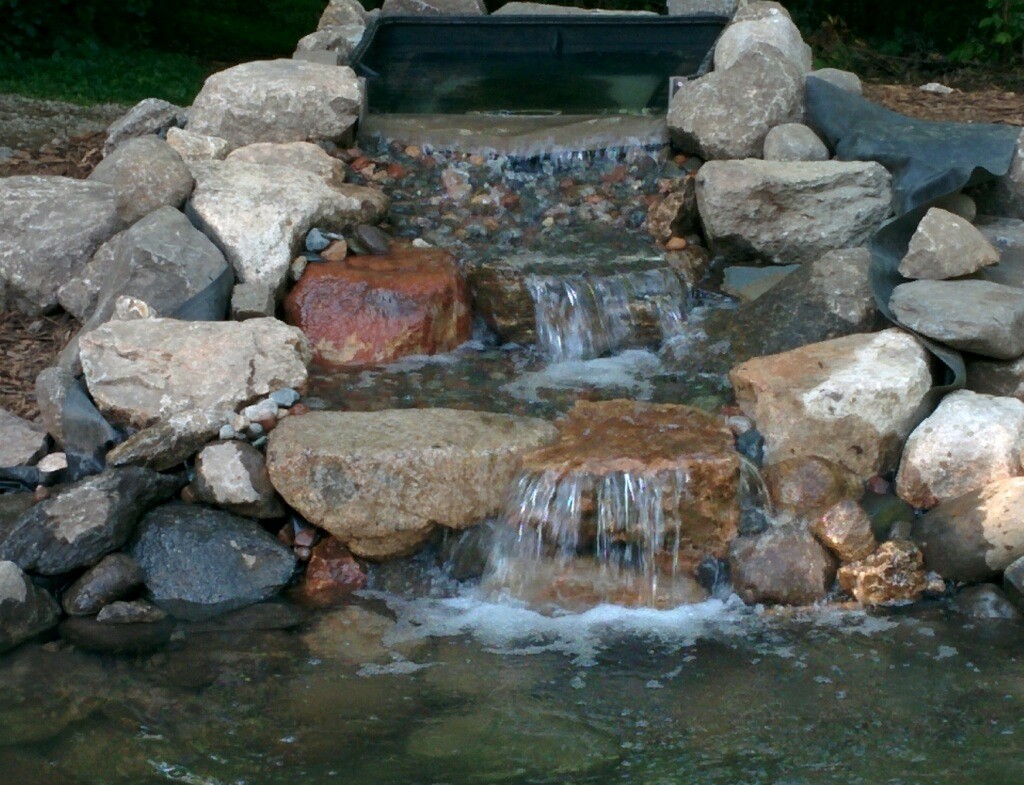
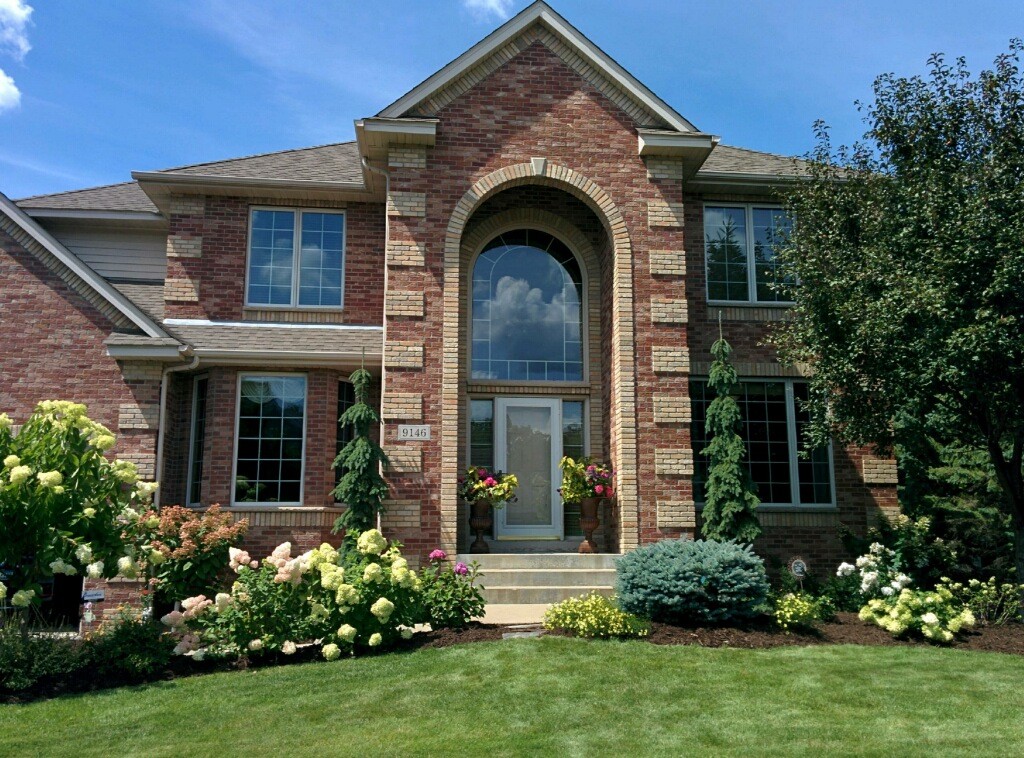
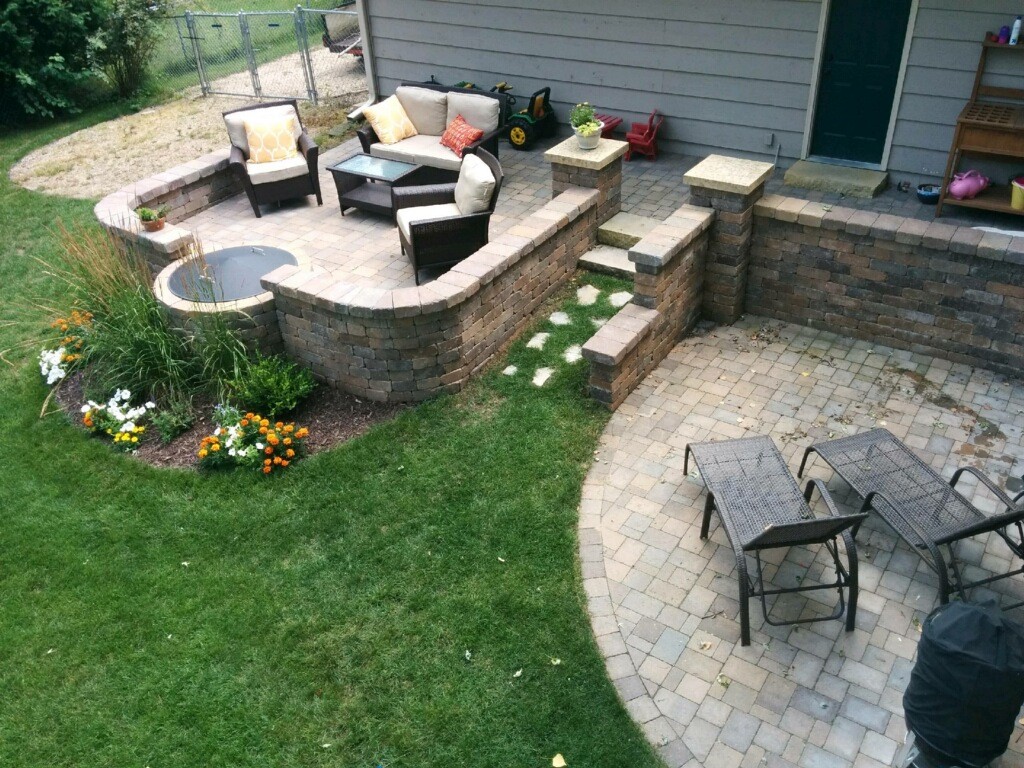
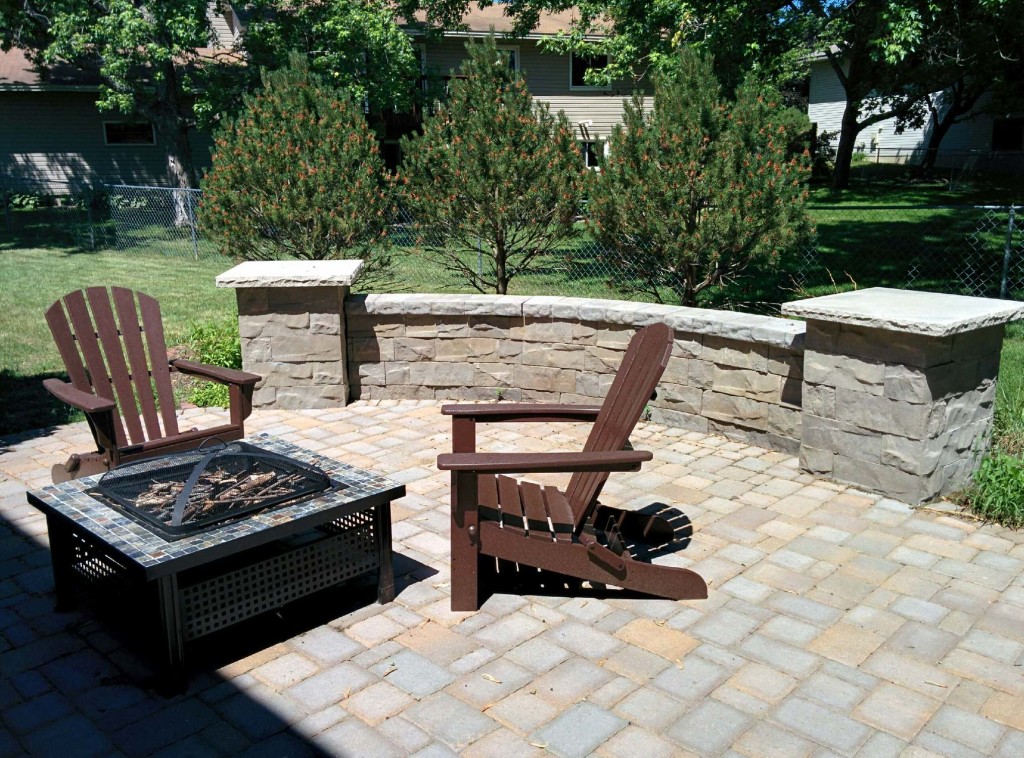
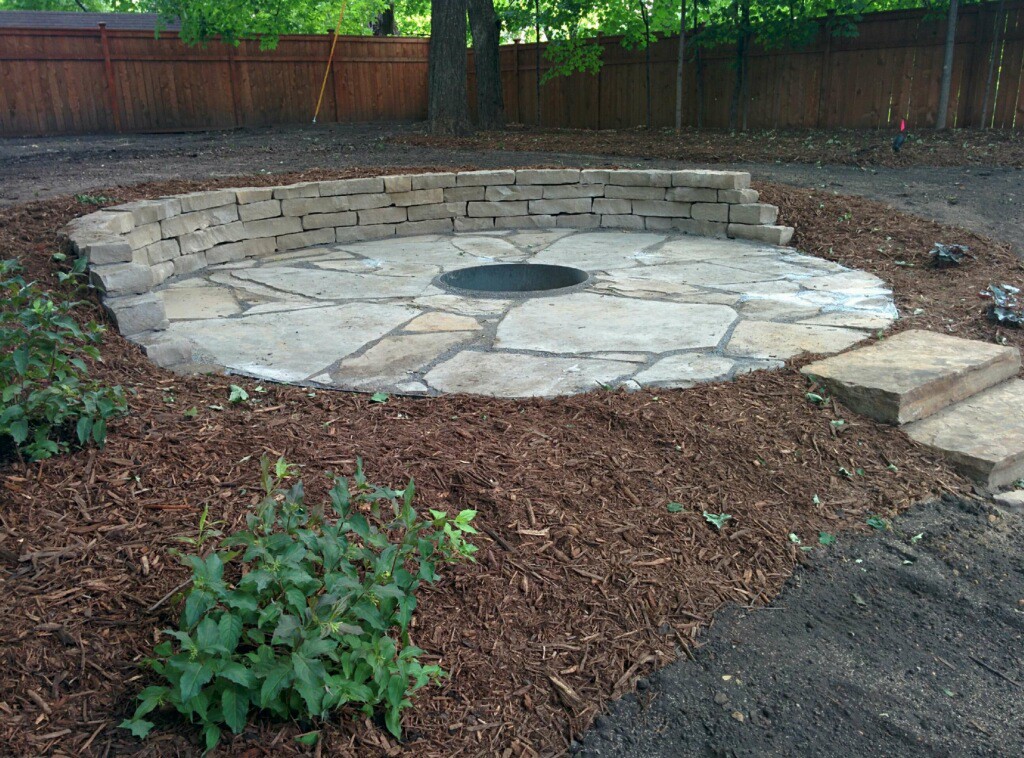
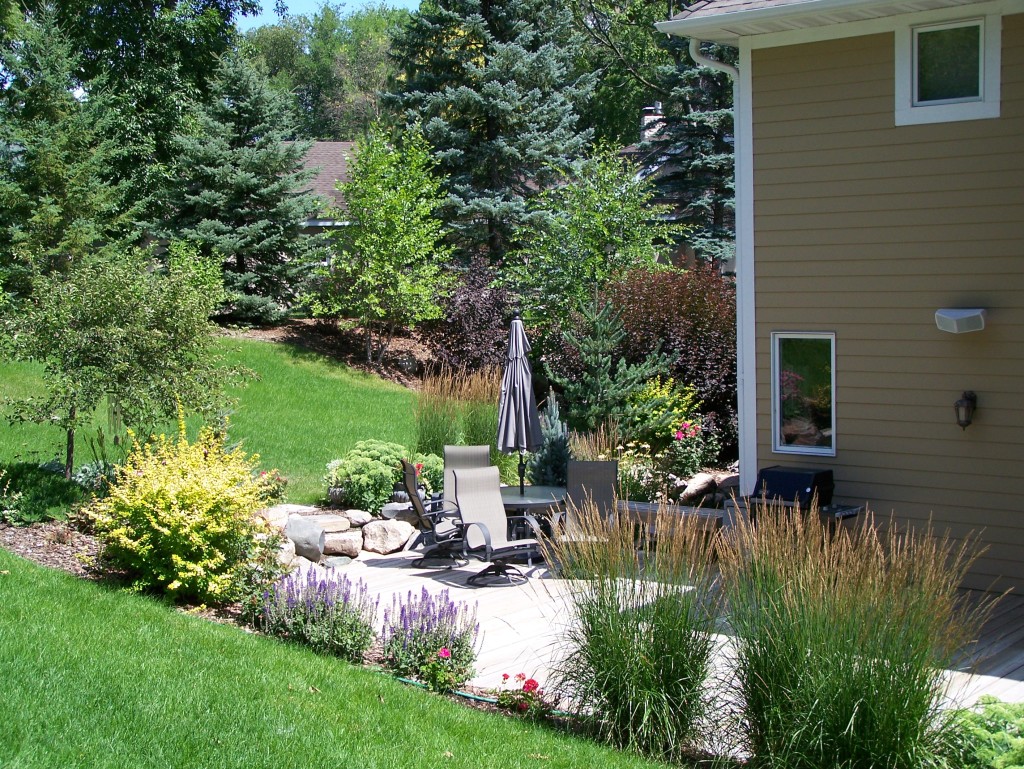
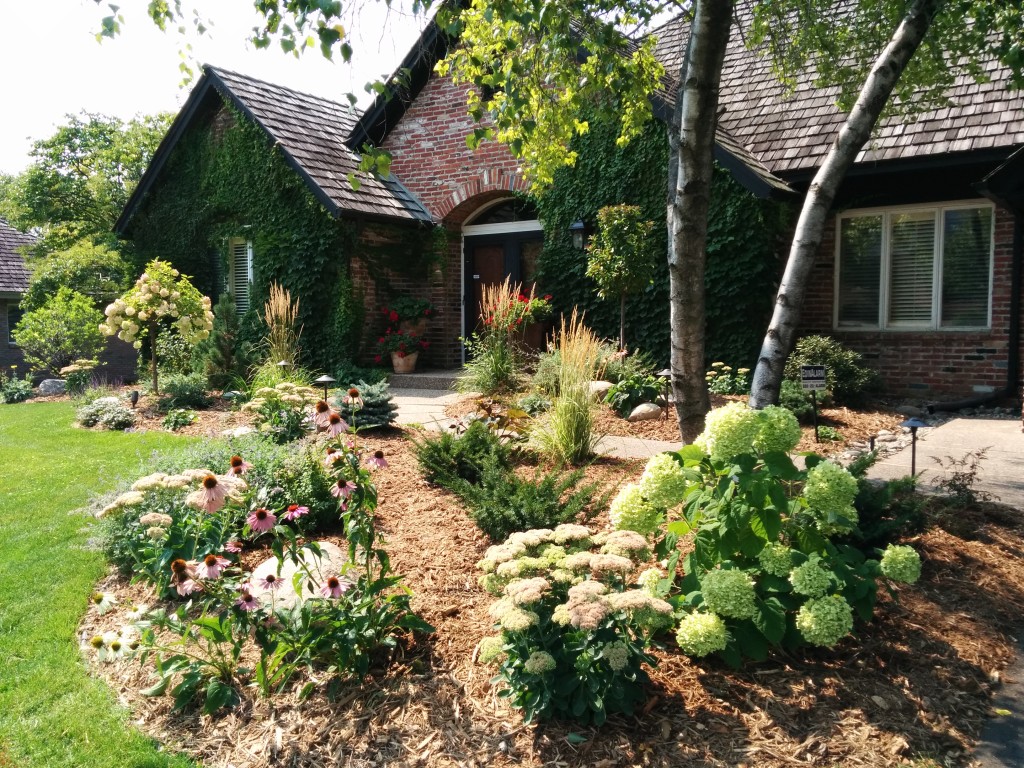
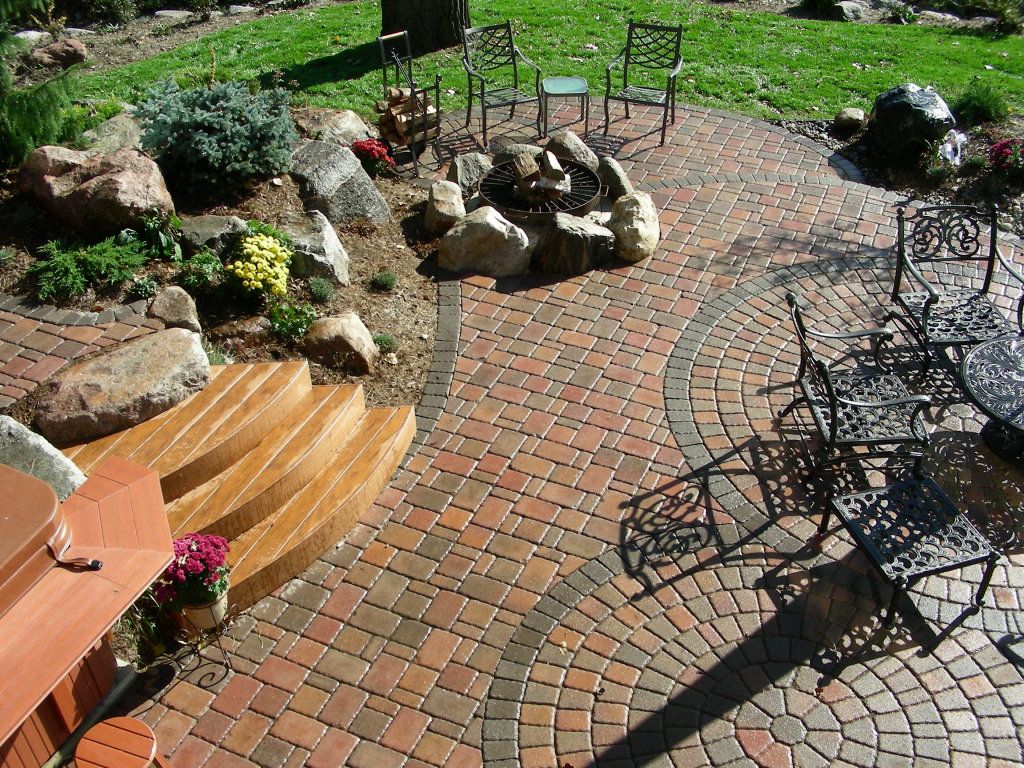
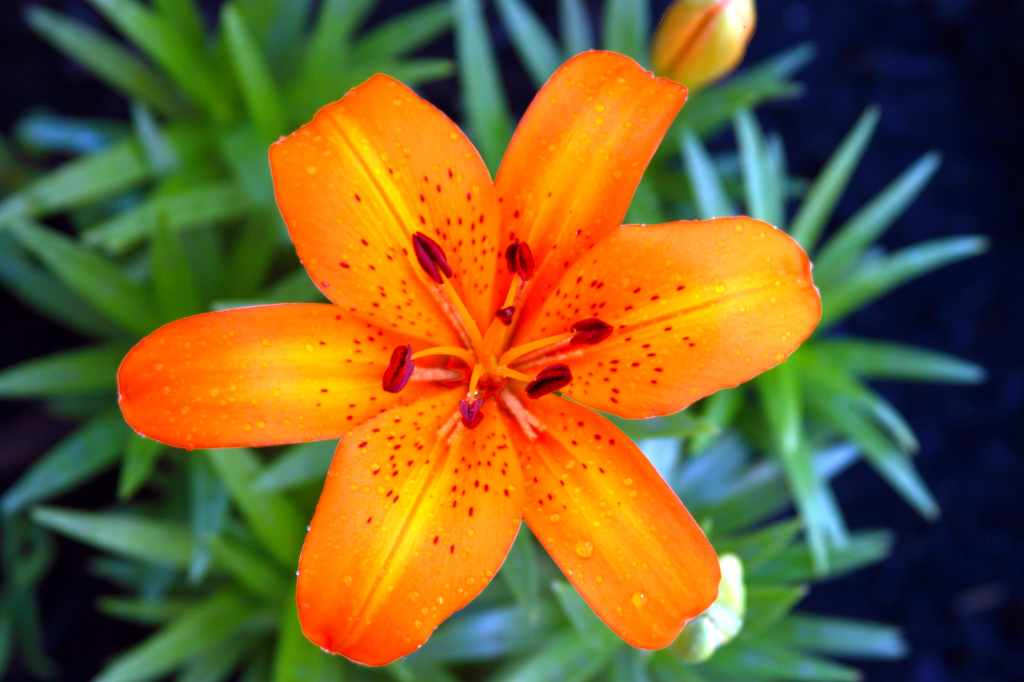

 Contact 612-483-GOAT
Contact 612-483-GOAT